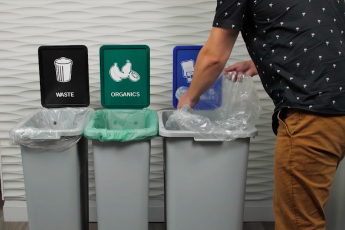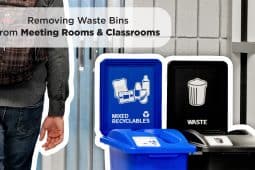What is Source Reduction?
May 27, 2016
Source reduction is the process of reducing waste from a product before it is created through the product design, purchase of materials, and production. Businesses try to accomplish these factors through reducing the number or amount of materials needed, using recycled materials, avoid using certain materials, or designing the product so there is little to no waste once the product’s use is over. This allows for business to produce less waste not only in production but also after the product has been sold to the customer.
The need to reduce waste comes from both a concern for the environment and the need to reduce waste going into landfills. While policies have been created by federal governments to promote source reduction (such as China’s plans to introduce a national carbon trading market by 2017), companies need to adapt to the change by finding ways to balance profit with sustainability. A company that produces books, for example, may decide to print on recycled paper that would reduce the amount of trees needed to produce paper or even find a paper source that is closer to lessen the amount of carbon being emitted due to transport. This allows for companies to continue providing a service while being sustainable.
—
Other Sources
Braucher, Keith and Clifford Kraus. “Climate Deal Is Signal to Industry: The Era of Carbon Reduction Is Here.” http://www.nytimes.com/2015/12/14/business/climate-accord-draws-mixed-reaction-from-business-leaders.html?_r=0. December 15, 2015. Accessed May 3, 2016.
EPA. “Source Reduction.” https://www3.epa.gov/climatechange/wycd/waste/downloads/source-reduction10-28-10.pdf. Accessed May 3, 2016.











